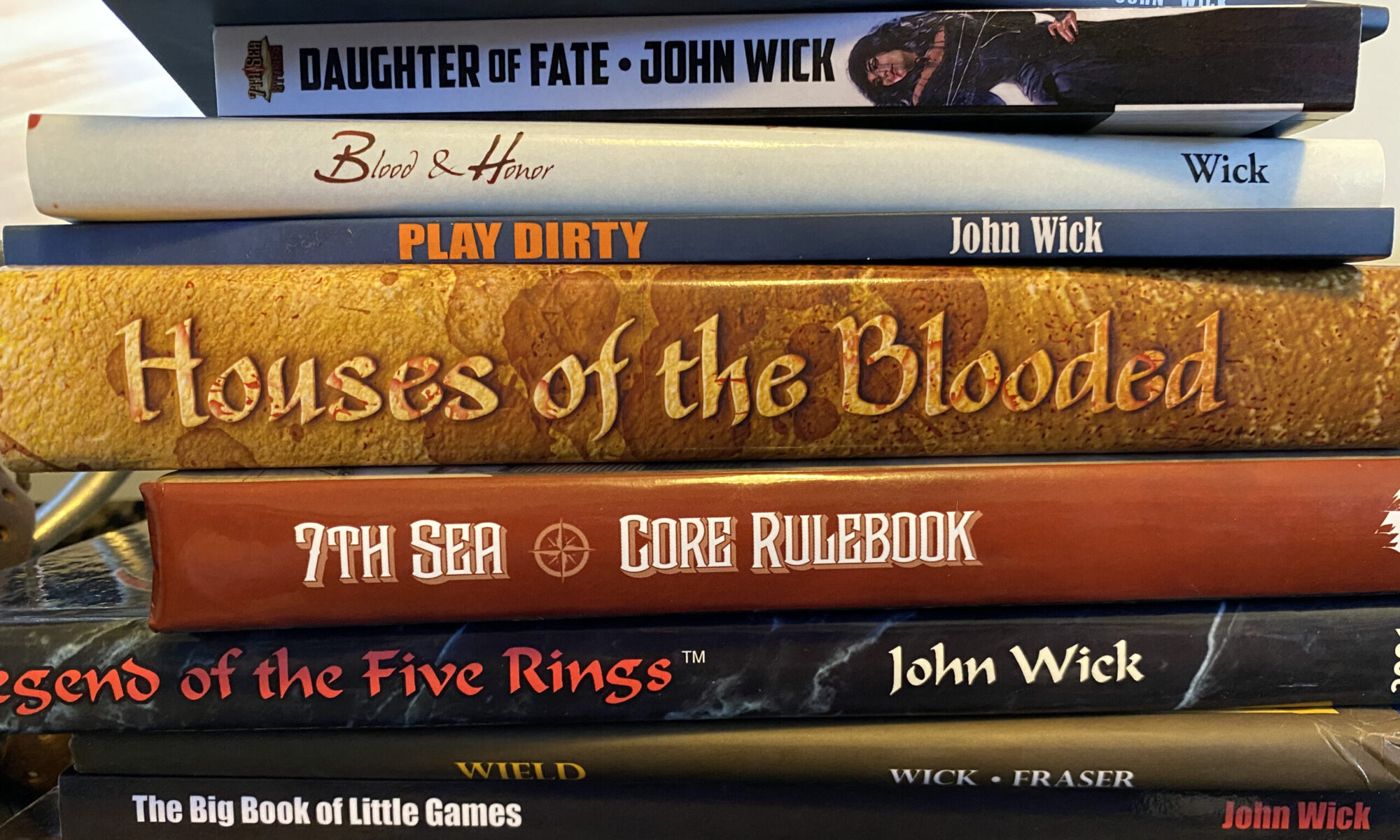As the ven grow older, they begin showing signs of Solace, the Great Sleep. As your character ages, she too will begin showing these signs. These are reflected on your character sheet as “Solace Aspects.”
Solace Aspects can only be tagged and compelled, they cannot be invoked. Tagged and compelled, but not invoked. That’s right, getting old sucks.
Solace Aspects reflect physical difficulties or abnormalities your character has taken on. Ven reaching Solace are taller. Ghostly grey skin, silver eyes. Their voices echo in their own throats. Their fingers grow long and thin.
If you play a character in Autumn or Winter, you must choose Solace Aspects to reflect your character’s progress into the Great Sleep. Like I said above, these Aspects can only be compelled and tagged, so you must find physical difficulties or changes that allow other characters to gain bonus dice and limit your behavior in some way.
Solace Aspects cannot be hidden. Another player does not need to make any kind of risk to know the tag and compel. They sit right there, out in the open, ready for anyone to take advantage of them.
Finally, Solace Aspects are Free Aspects. That means they don’t count toward the total number of tags your enemies may take in a risk.
Limp: Example of a Solace Aspect
Your character has developed a heavy limp from his muscles tightening and his bones growing thin.
Tag: Other players (and the GM) can tag this Aspect to gain bonus dice when acting against your character in a particular circumstance. Remember, every Aspect has a weakness. Your weaknesses are your thin bones and decrepit muscles. Any time you are in a contested risk against another character and your bum leg may be a factor, your opponent gains two dice.
Compel: Your GM—or other players—can compel this Aspect, forcing your character to fall or fail at some kind of physical action because of your limp.
